One of the most respected designer-architects of the interwar and postwar period, Oswald Haerdtl was born in Vienna in 1899. He is best known for his early expressions of modernist design, especially those that contributed to Vienna's famous Kaffeehaus culture, as well as for his collaborations with iconic Austrian architect Josef Hoffmann.
Haerdtl trained as an architect under Oskar Strnad and Josef Frank, graduating in 1921 with the Eitelberger Prize for academic achievement from the University of Applied Arts Vienna. In 1922, Haerdtl took an assistant position with Hoffmann, who became his mentor and later his colleague as they collaborated on many different projects. Haerdtl notably worked with Hoffmann’s team at the Exposition Internationale des Art Décoratifs et Industriels Modernes in 1925. While in Paris, he took the opportunity to visit the studios and see the works of his favorite modernists, including Le Corbusier, Jean Lurçat, and André Lurçat, and Fernand Léger.
Returning to Vienna, Haerdtl set up studio at the Werkbundsiedlung in Vienna, a residential project lead by his former teacher Josef Frank and other well known architects, which was intended to be an exemplar of modern living. There, he produced his first solo projects, including the design of several residential and office buildings. His designs were chosen to represent Austria in the world fairs in Brussels in 1935 and in Paris in 1937. In 1935, he also accepted a professorship in architecture from his former teacher Oskar Strnad at his alma mater.
Although criticized for employing Jewish contractors to produce his architectural and design projects following the Anschluss of Austria to Nazi Germany in 1938, Haerdtl continued to work at the university. He avoided military conscription in 1940 after appeals were made on his behalf and he was declared “indispensable” to the university. Still, his studio suffered from the war, so he opened offices in Krakow and Wroclaw, where he designed hotels, offices, and camouflage for industrial equipment.
A Viennese institution, the Kaffeehaus found renewed popularity in the 1950s, Haerdtl found a great deal of work creating café interiors, as well as menus, vases, cutlery, glassware, and tableware. His café chairs were produced by Thonet, which, although also made from bentwood, exhibited a more modern aesthetic than Thonet’s original No.14 Chair. Waitstaff uniforms—deemed an as essential element of the cafés' interior decoration— were often designed by Haerdtl’s wife, Carmela. Haerdtl's famous café interiors include the Café Prükel (1939, completely reconstructed in 1954), Arabia (1950-57), and Hotel Bristol (1948-55).
Haerdtl died suddenly in August 1959. He has since been the subject of two retrospective exhibitions, in 1978 and in 2000, both in Vienna. He was the recipient of many prizes and honors including the Golden Merit Medal of the Republic of Austria (1934 and 1937), the Austrian State Prize for Architecture (1937), and the City of Vienna Prize for Architecture (1948).
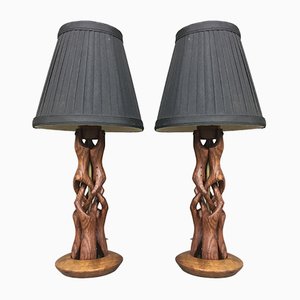

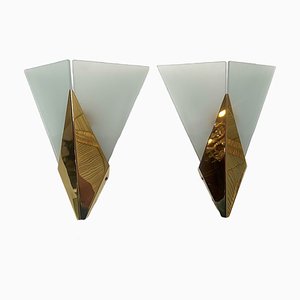
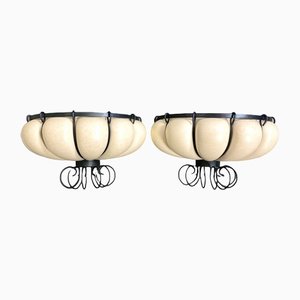
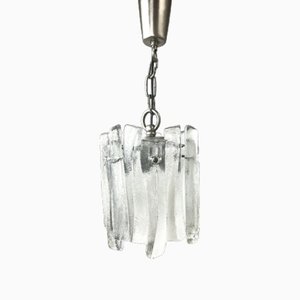
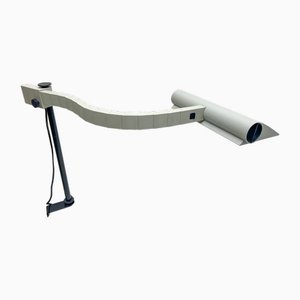


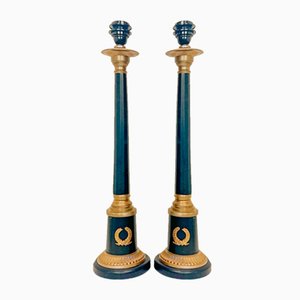
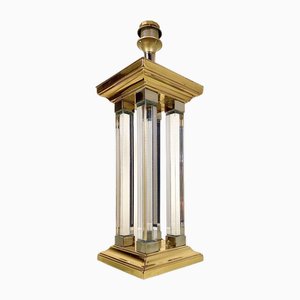
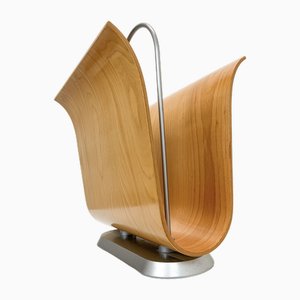

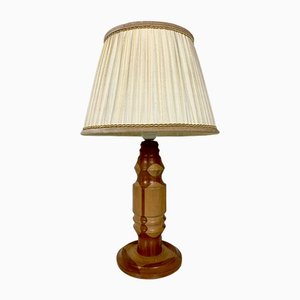

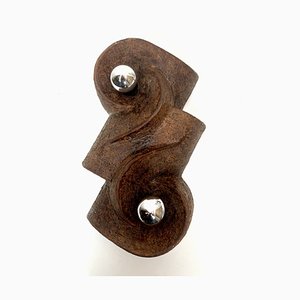
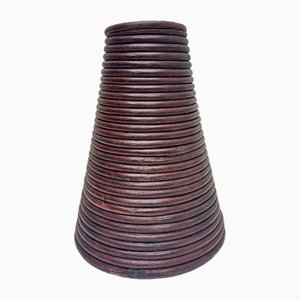
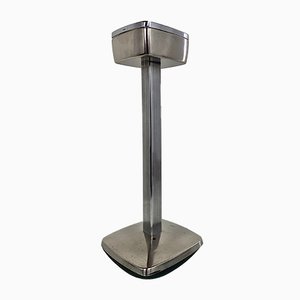
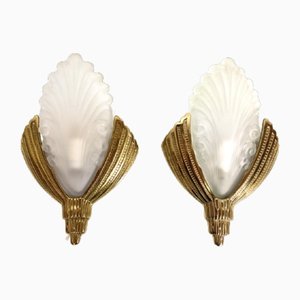
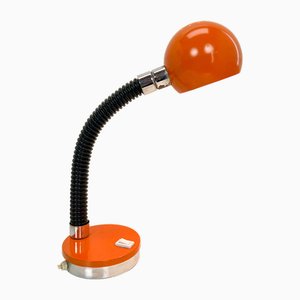
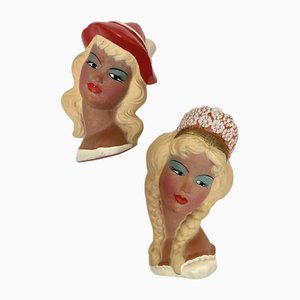
Get in Touch
Make An Offer
We noticed you are new to Pamono!
Please accept the Terms & Conditions and Privacy Policy
Get in Touch
Make An Offer
Almost There!
To follow your conversation on the platform, please complete the registration. To proceed with your offer on the platform, please complete the registration.Successful
Thanks for your inquiry, someone from our team will be in touch shortly
If you are a Design Professional, please apply here to get the benefits of the Pamono Trade Program